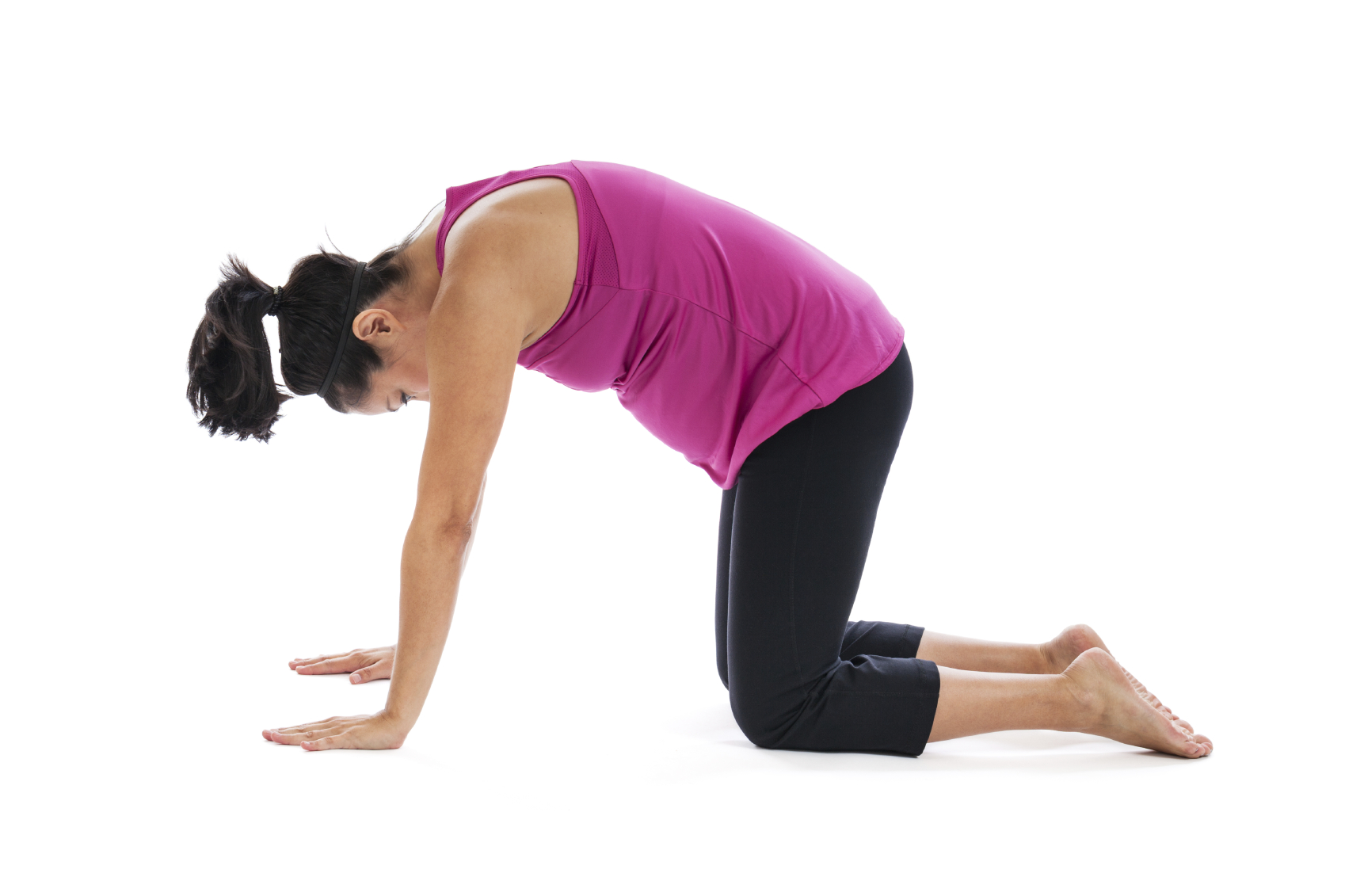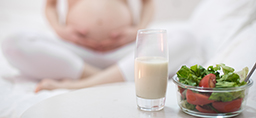
The American Pregnancy Association tells us that back labor refers to the pain and discomfort that laboring women experience in the lower back.
Although most women will feel a degree of achiness or slight cramping in the back at some point during labor, about a quarter of all women report experiencing severe discomfort in the lower back that is most intense during contractions and often painful between contractions.
There is debate about if it is the position of the baby that causes back labor. However, we do know that moms with posterior babies do often have stronger back discomfort.
A posterior baby has its back facing the mother’s back. The more common position at birth is known as an OA position, which means that baby’s head is born facing down, usually to the left (LOA) or the right (ROA).
Some of the ways you might know your baby is facing posteriorly are:
- Your abdomen appears flat below your belly button
- You feel most of baby’s movements in the front
- Your provider can perform what’s called Leopard maneuvers. This allows them to find what position baby is in by palpating the abdomen.
There are things you might be doing at the end of pregnancy that may contribute to a posterior baby, including:
- Leaning back in a comfortable sofas
- Poor posture
- Limited physical activity
- Crossing your legs
Things TO DO to promote baby being in an anterior position include:
- Exercise
- Sit in straight upright chairs, with your knees below your hips
- Sit on a birth ball
- Avoid reclining backward
- Spend time every day on all fours
- Swim with your belly down
- See a chiropractor
- Acupuncture can also be helpful
If your baby is posterior in labor, here are some things that can help:
- Lunges
- Counter pressure on your lower back using things such as a tennis ball or a cold can of pop
- Apply heat and cold to the lower back
- Double hip squeeze
- Abdominal lift
- Lying on your side with your other leg hanging over the side of the bed
- Use a knee chest position with your bottom up in the air, which allows room for the baby to turn
- Sway your hips while on hands and knees or put the ball on the bed and sway while leaning forward
- Crawling on your hands and knees
 /a>
/a>
 /a>
/a>
 /a>
/a>
Thanks for sharing on the Healthy Living Link Party.
I have back problems and yeah, it can get really painful. Thanks for these helpful tips.